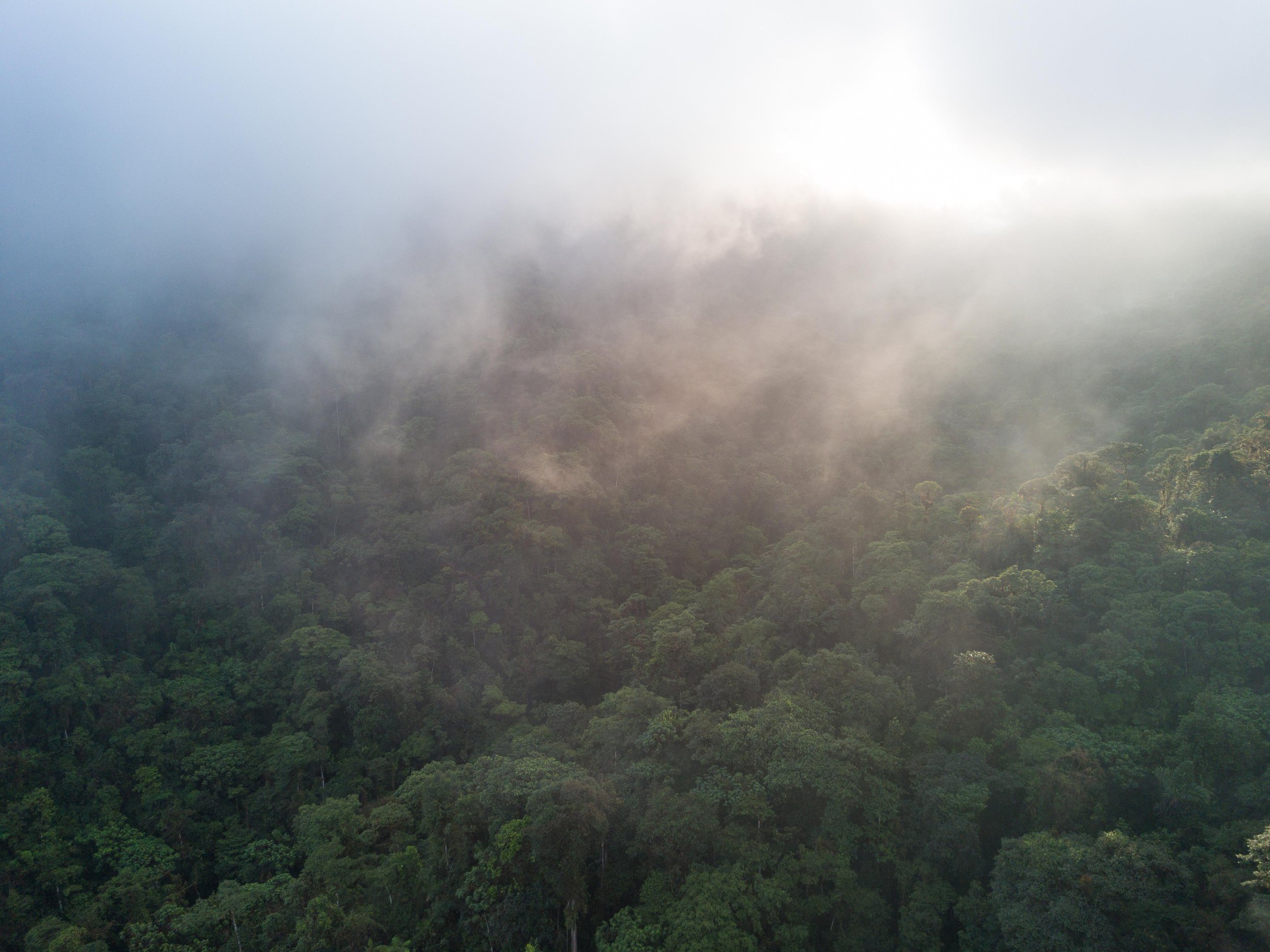FRIENDS OF ALDABRA
The Seychelles’ remote and pristine Aldabra Islands are under threats from a luxury hotel development. Public outcry has saved these islands before. Join us to protect Aldabra once and for all. Learn more!
PROTECT THE PEARL ISLANDS
We have nearly hit our fundraising goal for a youth-led project to protect critical migratory corridors with our partners, The Leatherback Project! Help us cross the finish line! Tracking Turtles to Protect Panama’s Pearl Islands
WATCH
Youth Action on Screen—Short Film Features Reserva, EcoMinga, and Dracula Reserve
28 mins • A film by HHMI Tangled Bank Studios, Part2Pictures, and Wild Elements now streaming on PBS.org and PBS Nature YouTube
This new documentary features Reserva’s unique collaboration with Fundación EcoMinga to save Ecuador's Dracula Reserve from gold mining. The film is bringing this critical issue to light online and in festivals now, as a 2023 Jackson Wild Finalist in Conservation, Long Form; 2023 World Wildlife Day Film Showcase Official Selection; DC Environmental Film Festival Official Selection; EcoAdor Official Selection (Ecuador); and EDOC Official Selection (Ecuador). A Spanish version of the film will be coming soon!
PROJECT COMPLETE
1,050 Acres of primary cloud forest have been added to the Dracula Reserve corridor in Ecuador’s Carchi Province.
DRACULA RESERVE CORRIDOR EXPANDED BY 1,050 ACRES
MISSION ACCOMPLISHED! This 1,050-acre cloud forest site in Ecuador, once threatened imminently by mining interests, is now protected by our partners Fundación EcoMinga. Congratulations and thanks to everyone who made this youth-led campaign successful!
WHAT NEXT? While the land purchase is complete, Reserva will continue to fight mining activity and support youth leadership in science and conservation at Dracula Youth Reserve and the wider Dracula Reserve corridor.
Dracula Youth Reserve
A CONSERVATION FIRST — Youth-funded Nature Reserve Established in Ecuador
EXPANDED IN 2023 — Partnership with Orchid Conservation Alliance Leads to 1,050-acre Expansion
1 Million Letters #ForNature
Calling all youth! You're one in a million, and so is your opinion. Our 1 Million Letters #ForNature campaign makes it possible for you to save important ecosystems simply by writing a letter.
RESERVA EMPOWERS YOUNG PEOPLE TO MAKE A MEASURABLE DIFFERENCE FOR THREATENED SPECIES AND HABITATS THROUGH CONSERVATION, EDUCATION, AND STORYTELLING.
We create youth-supported nature reserves around the globe, starting with this one:
Click here to learn about Dracula Youth Reserve in Ecuador, our flagship project!
Want to do more? Write a letter for our 1 Million Letters campaign! We will match every letter we receive with $3 toward a youth-led conservation project.
Read our latest field notes:
THE RESERVA YOUTH COUNCIL
Reserva relies on an international group of active youth as project ambassadors and advisors. Co-founded by Youth Director Bella Lack (19, UK), the Youth Council now consists of more than 80 members from around the world. From Quito to Lahore, from London to Washington, D.C., as young as 8 years old and up to our “youth” cap of 26, these environmental change-makers share a common biophilia and a core belief in solution-based optimism. Meet the entire youth council here!
Flame-faced Tanager at Dracula Youth Reserve. Photo by Callie Broaddus
“Becoming a member of Reserva was something truly important in my life because it allowed me to work in collaboration with other passionate young conservationists from around the globe and to see our efforts having a real impact for the protection of the environment. ”




































We are Reserva: The Youth Land Trust, a collective of over 125 people aged 26 and under from 30+ countries working to mobilize resources for biodiversity conservation through youth action.
We look to you—the Parties of the UN CBD COP16—to urgently approve an effective resource mobilization strategy with sufficient commitments to achieve the ambitious goals set in 2022, when you signed the Kunming-Montreal Global Biodiversity Framework (GBF). We also ask that as these funds are put into action, you commit to monitoring techniques that are transparent, inclusive and collaborative, bearing in mind the varied challenges of local circumstances.